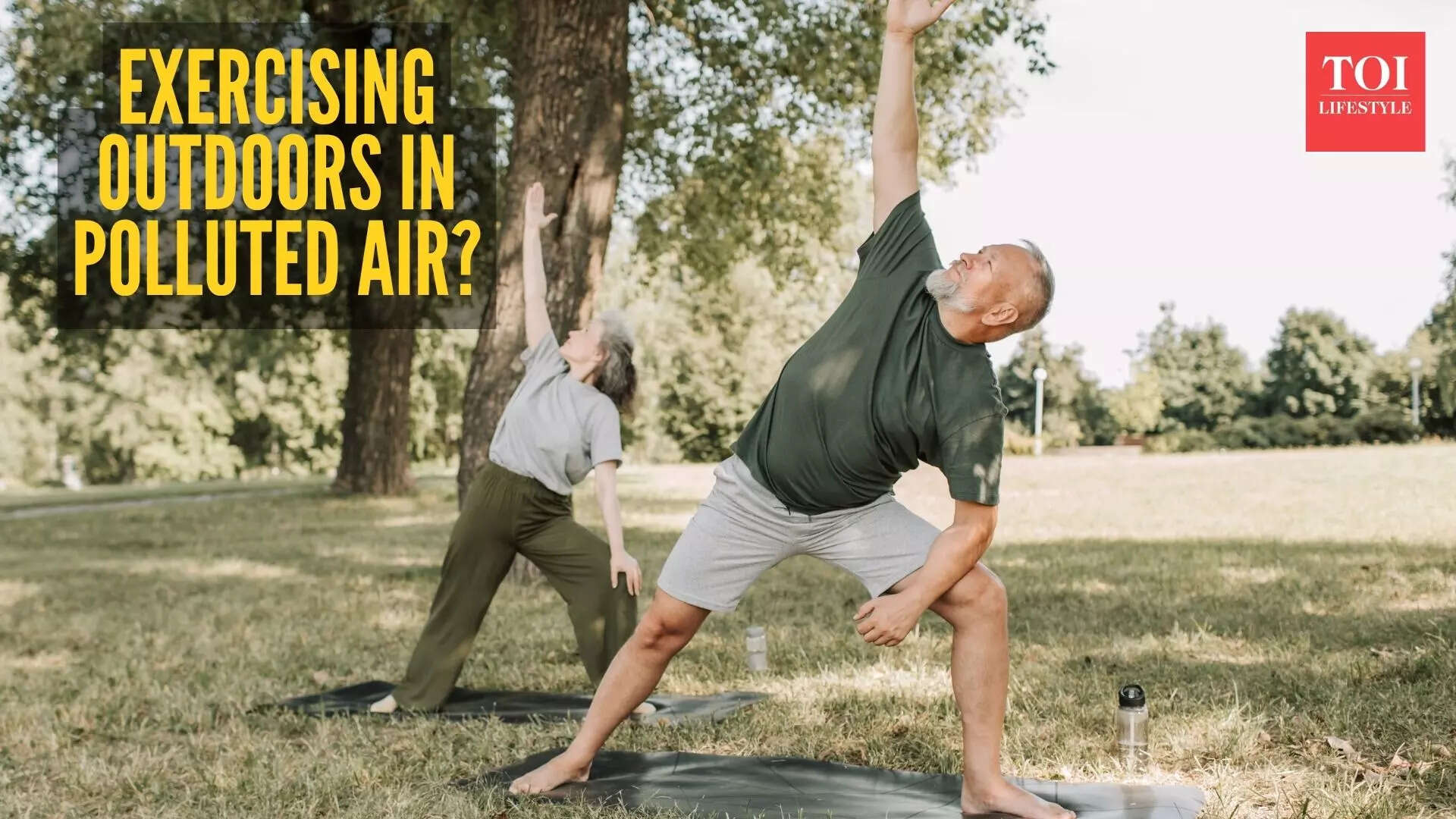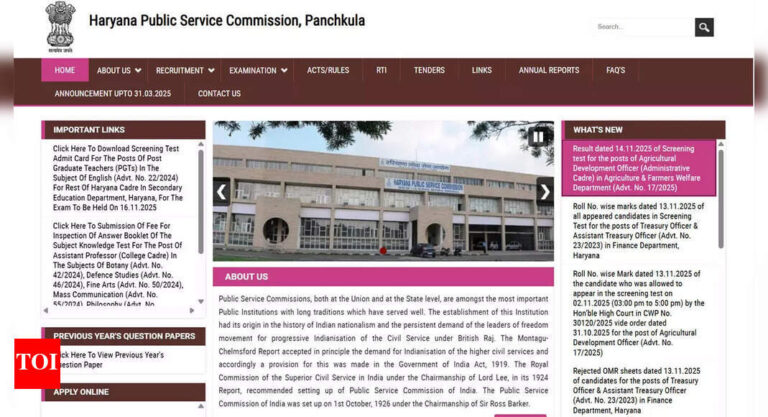
Here’s how to protect yourself while still staying active outdoors:
a. Check air quality before heading out
Always consult AQI readings (e.g., via your city’s monitoring service or apps). On days when AQI is “very poor” or above ~200–300, it may be wiser to move your workout inside or postpone.
b. Choose timing and location smartly
Go for runs or walks early morning when traffic is lower and wind may clear pollutants.
Avoid exercising right by busy roads; pick parks or areas away from traffic.
Consider indoor alternatives on heavy pollution days (treadmill, home workout).
c. Tweak your workout
On high‐pollution days, reduce intensity or duration so you’re breathing less heavily.
Focus on strength or mobility training that requires less heavy breathing than sprint/running.
d. Wear protective gear where possible
While masks like N95/KN95 are not perfect for heavy exercise, in very bad air they can reduce particulate inhalation. Some research suggests filtering inhaled air may have benefit, though performance may be slightly impacted.
e. Build a “clean air” routine
After outdoor exercise in pollution, spend time indoors in a cleaner air zone to allow recovery.
Incorporate antioxidant‐rich diet (fresh fruits/vegetables) to help combat oxidative stress from pollutants.
f. Advocate and adjust
Support urban initiatives for cleaner air, greener spaces, less traffic during peak hours.
If possible, pick exercise locations near green zones that act as buffers. Urban vegetation can help reduce local pollutant levels slightly.
g. Monitor your body
Pay attention to symptoms like unusual shortness of breath, chest tightness, cough or wheeze after running. If these occur, take them seriously and consider indoor alternatives or medical check-up.
Keep a workout journal noting air quality and how you felt; over time you may spot patterns where your performance drops or recovery slows after polluted‐day sessions.








